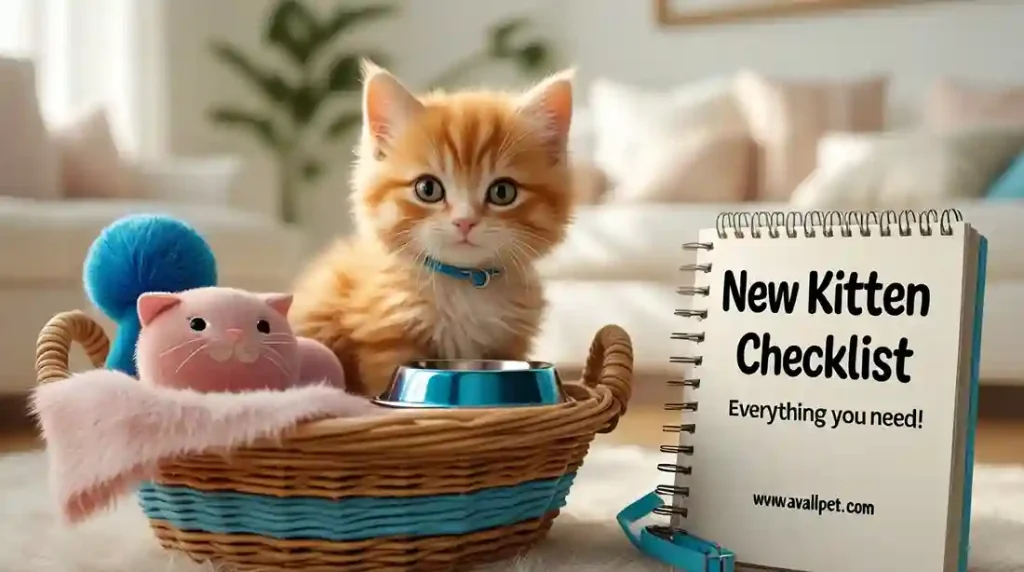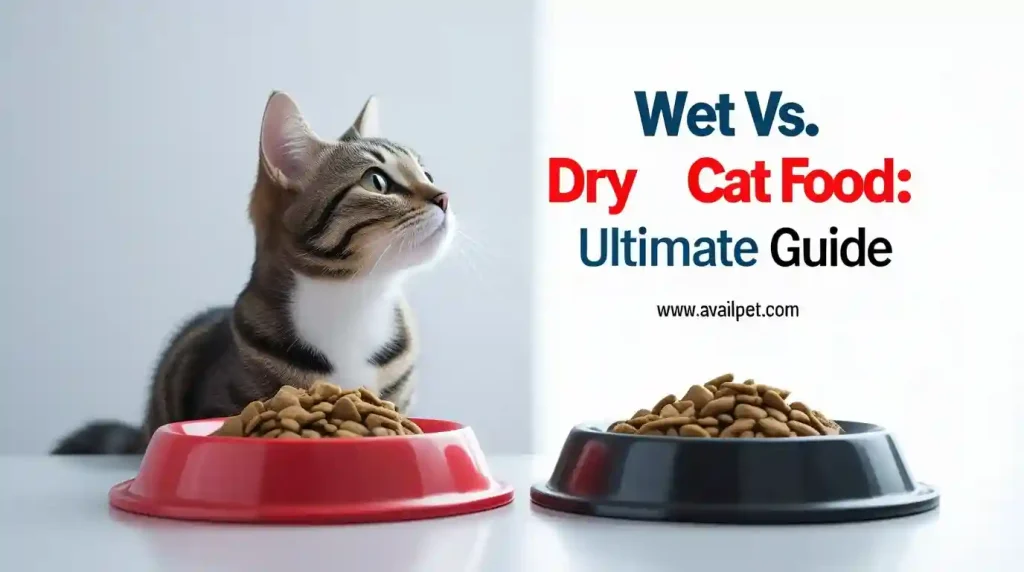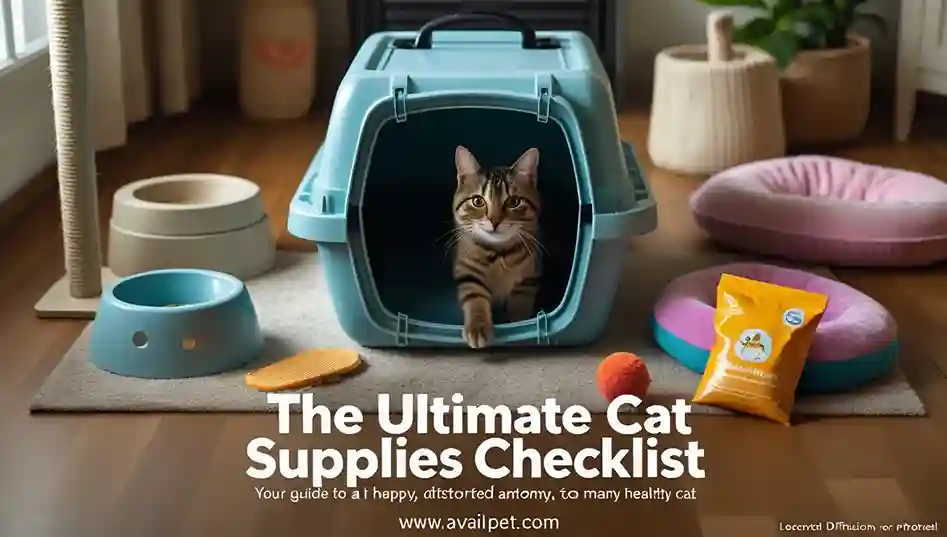Bringing a new kitten home is filled with joyful moments—playful pounces, soft purrs, and the beginning of a lifelong bond. Amidst this excitement, ensuring your new companion grows up healthy and protected is every pet parent’s top priority. Navigating the world of kitten vaccinations can feel overwhelming for a new owner, with questions about which shots are essential, when they’re needed, and why they matter.
This guide is designed to be your clear, trustworthy resource. We’ve created a comprehensive, vet-reviewed kitten vaccination schedule that explains exactly what to expect during your kitten’s first critical year. From core vaccines to lifestyle-based recommendations, we’ll walk you through the timeline, costs, and common concerns—empowering you to make informed decisions with confidence and keep your furry friend safe from preventable diseases.
Key Takeaways
Before we dive into the details, here are the most important points from our vet-reviewed guide:
- The core kitten vaccination schedule typically starts at 6-8 weeks, with boosters every 3-4 weeks until 16 weeks old.
- Core vaccines for all kittens include FVRCP (against respiratory viruses and panleukopenia) and rabies (required by law in most areas).
- Your veterinarian may recommend non-core vaccines like FeLV (feline leukemia) based on your kitten’s lifestyle and risk factors.
- Kitten First Vet Visit– Manages expectations that the first visit is just the start of a series.
- Keep a kitten vaccination record from your vet – this documents their protection and is often required for boarding, grooming, or travel.
- Even indoor kittens need core vaccinations as viruses can be carried on clothing, shoes, or through open windows.
- Most kittens experience only mild side effects like lethargy or soreness, but serious reactions are rare and should be reported to your vet immediately.
Why Kitten Vaccinations Are Non-Negotiable
When you bring a kitten home, you’re taking responsibility for a life that depends entirely on you. While love, food, and a warm bed are essential, vaccinations provide the fundamental biological protection that keeps your kitten safe from devastating, often fatal, diseases. Think of them as essential armor for your pet’s immune system.
Kittens are born with a temporary shield called “maternal immunity,” passed on from their mother’s milk. However, this protection fades rapidly, leaving them vulnerable to highly contagious threats like panleukopenia (often fatal) and severe upper respiratory infections. Vaccinations are carefully timed to bridge this gap, stepping in as the natural immunity wears off.
They safely “teach” the immune system how to recognize and fight off specific invaders without exposing your kitten to the full force of the disease. Skipping or delaying vaccines leaves a dangerous window of vulnerability during a critical stage of life. Ultimately, following a proper kitten vaccination schedule isn’t just a recommendation—it’s one of the most important commitments you make to your new companion’s long-term health and wellbeing.
Core vs. Non-Core Vaccines: What’s the Difference?
Understanding the distinction between core and non-core vaccines is crucial for making informed decisions with your veterinarian. This classification helps tailor a kitten vaccination schedule that provides essential protection without unnecessary shots.
Core Vaccines: Essential for Every Kitten
These are considered vital for all kittens, regardless of their lifestyle or location, due to the widespread and severe nature of the diseases they prevent.
FVRCP Vaccine: Often called the “feline distemper shot,” this is a combination vaccine that is a cornerstone of the kitten vaccination schedule. It protects against three highly contagious and dangerous diseases:
- Feline Viral Rhinotracheitis (FVR/FHV-1): A severe upper respiratory virus.
- Calicivirus (FCV): Another major cause of respiratory infection and oral disease.
- Panleukopenia (FPV): An often-fatal disease that attacks the intestines and immune system, similar to parvovirus in dogs.
Rabies Vaccine: This vaccine is crucial for public safety and is required by law in most areas. Rabies is a fatal disease that can be transmitted to humans, and vaccination is non-negotiable.
Non-Core Vaccines: Based on Lifestyle Risk
These are recommended based on a kitten’s individual risk assessment. Your veterinarian will advise on their necessity.
Feline Leukemia Virus (FeLV) Vaccine: This is the most common non-core vaccine. It is generally recommended for:
- Kittens that will have any outdoor access.
- Those living in multi-cat households where the status of other cats is unknown.
- Kittens that could be exposed to cats of unknown FeLV status.
The goal is simple: use core vaccines to build a foundation of universal protection, and add non-core vaccines only when your kitten’s specific environment demands it.
Kitten Vaccination Schedule at a Glance
This easy-to-follow timeline serves as a general guide for your kitten’s first-year vaccinations. Always follow the specific schedule provided by your veterinarian, as they may adjust it based on your kitten’s health, initial vaccination age, and local disease prevalence.
| Kitten Age | Core Vaccines | Non-Core/Lifestyle Vaccines | Other Important Care |
| 6-8 Weeks | First FVRCP booster | FeLV (if recommended) | Fecal exam, deworming, general health check |
| 10-12 Weeks | Second FVRCP booster | FeLV booster (if started) | Continue deworming, discuss spay/neuter |
| 14-16 Weeks | Final FVRCP booster; Rabies vaccine | FeLV booster (if started) | Final deworming, pre-surgery blood work |
| 12-16 Months | FVRCP booster; Rabies booster | FeLV booster (if applicable) | Transition to adult care schedule |
Important Notes on This Schedule:
- The FVRCP vaccine requires a series of boosters to ensure a kitten’s immune system is fully activated.
- The rabies vaccine is typically given just once during the first year, around 12-16 weeks of age, with a booster one year later.
- Your veterinarian is the best source for determining the exact timing and necessity of non-core vaccines like FeLV.
Understanding the Core Vaccines: FVRCP and Rabies
Knowing what these core vaccines protect against highlights their critical role in your kitten’s health. Here’s a breakdown of the diseases they prevent and why they are non-negotiable.
The FVRCP Vaccine: A Triple-Action Shield
This single injection is a powerhouse of protection against three major feline diseases:
- Feline Viral Rhinotracheitis (FVR/FHV-1): Caused by feline herpesvirus, this is a severe upper respiratory infection. It’s highly contagious and can lead to chronic eye and nasal discharge, conjunctivitis, and lifelong recurring symptoms, especially during times of stress.
- Feline Calicivirus (FCV): Another major cause of upper respiratory infections, calicivirus can cause oral ulcers, pneumonia, and painful stomatitis (inflammation of the mouth). Some strains can even lead to a systemic and often fatal disease.
- Feline Panleukopenia (FPV): Also known as feline distemper, this is a highly contagious and often fatal disease. The virus attacks rapidly dividing cells, devastating the intestines, bone marrow, and immune system. It is remarkably resilient in the environment and can survive for years.
The Rabies Vaccine: A Public Health Imperative
Rabies is a fatal viral disease that attacks the central nervous system and can be transmitted to humans through the bite of an infected animal.
- Legal Requirement: Vaccination against rabies is mandated by law in most states and municipalities.
- 100% Fatal: There is no cure for rabies once clinical signs appear, making prevention through vaccination absolutely critical.
What to Expect After Vaccination
After your kitten receives their vaccinations, it’s normal to monitor them closely. Understanding the difference between a typical response and a rare adverse reaction is key to providing the best care.
Common, Mild Side Effects (24-48 Hours)
Most kittens experience no side effects, but some may show mild, temporary signs as their immune system responds. This is a normal part of the process and includes:
- Lethargy or extra sleepiness
- Mild discomfort or swelling at the injection site
- A slight fever
- Decreased appetite
To help your kitten feel more comfortable during this time, ensure they have a quiet, warm place to rest. You can provide a soft, supportive bed and encourage them to drink water. These symptoms should resolve on their own within a day or two.
Rare Adverse Reactions (Contact Your Vet Immediately)
While uncommon, it’s crucial to be aware of signs that warrant immediate veterinary attention:
- Persistent vomiting or diarrhea
- Severe swelling around the face, neck, or eyes (indicating an allergic reaction)
- Difficulty breathing
- Collapse or seizures
If you observe any of these severe symptoms, contact your veterinarian or an emergency animal hospital immediately. Serious reactions are rare, but prompt treatment is essential.
FAQs about kitten vaccination schedule
How much do kitten vaccinations cost?
The cost varies based on your location, the veterinary clinic, and the specific vaccines given. On average, the initial series of core vaccinations (FVRCP and Rabies) can range from $100 to $200. This often excludes the office visit fee. The FeLV vaccine typically adds an additional $25-$50 per shot. It’s best to request a detailed estimate from your vet clinic.
Are kitten vaccinations required by law?
In the United States, the rabies vaccine is required by law in most states and municipalities for cats over a certain age (often 12-16 weeks). Core vaccines like FVRCP are not legally mandated but are considered a standard of responsible pet care by veterinarians. You may need to show proof of a current rabies vaccination for licensing, boarding, or grooming.
Can an indoor kitten skip vaccines?
No. While indoor cats have a lower risk of exposure, it is not zero. Viruses like those for panleukopenia (FPV) and calicivirus (FCV) are incredibly resilient and can be brought into your home on shoes, clothing, or through open windows. Rabies vaccination is also legally required for indoor cats in most areas. Core vaccines provide essential protection against these unpredictable risks.
What is the 5-in-1 vaccine for kittens?
The “5-in-1” vaccine is another name for the FVRCP vaccine, which protects against Feline Viral Rhinotracheitis, Calicivirus, and Panleukopenia. Sometimes the name is used to indicate it also includes protection against two additional strains of calicivirus, making it a more comprehensive upper respiratory vaccine. Your veterinarian can confirm exactly which diseases are covered by the vaccines they administer.
Preparing for your first appointment? Our comprehensive New Kitten Checklist ensures you have all the supplies.
Final Thoughts
Navigating your kitten’s first year of healthcare is a profound act of responsibility and love. Following a proper kitten vaccination schedule does more than just protect against disease—it establishes a foundation for lifelong health and strengthens the bond with your veterinarian.
While this guide provides a comprehensive overview, remember that your veterinarian remains your most valuable partner in tailoring healthcare to your kitten’s specific needs. By staying informed and proactive, you’re giving your feline companion the best possible start, ensuring countless healthy, purr-filled years ahead.
Sources & References
This article was developed using these authoritative veterinary and animal health resources:






